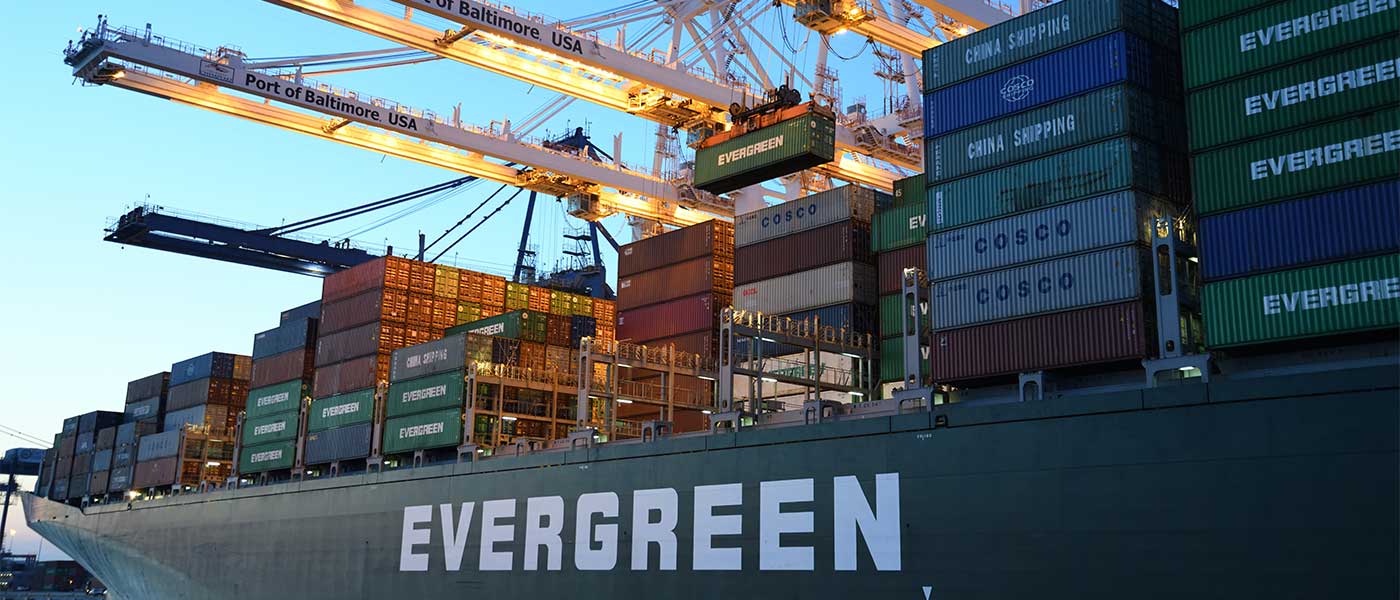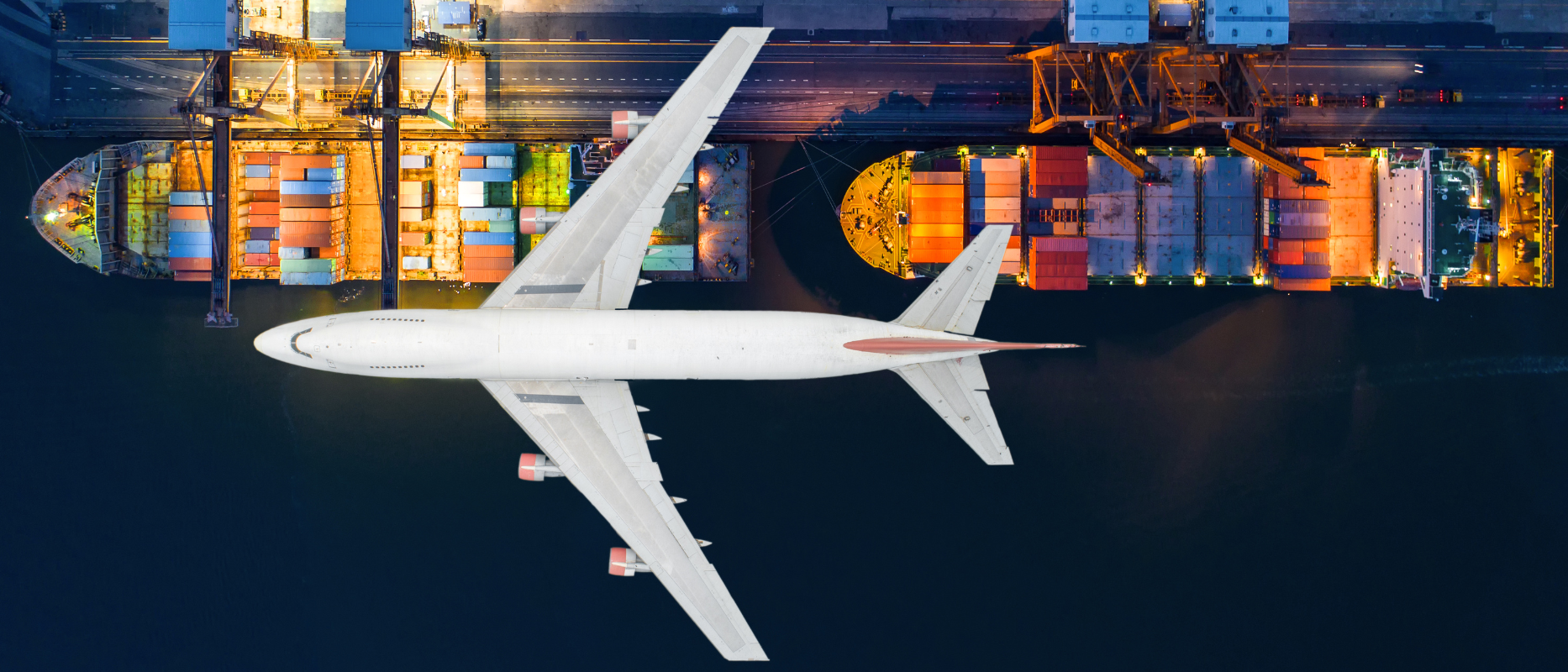There is a 50:50 chance that the planet’s surface and atmospheric temperatures will increase by 1.5°C (34.7°F) in one of the next five years. This is based on the latest report by the World Meteorological Organization (WMO), which has been warning about the continuous increase in greenhouse-gas concentrations in the atmosphere.
The 1.5°C cap was set for the post-Industrial Revolution period in the 2015 Paris Agreement, which was agreed upon by 196 parties across the globe and which took effect in November 2016. The WMO emphasizes that the threshold must not be treated as another random statistic but as an indicator of a possible point when the impact on the world climate could be more harmful to the planet and its people.
Global warming has been observed since the pre-Industrial Revolution period (1850 to 1900) when long-term heating of the planet’s climate system had been identified mainly due to activities of humans like fossil fuel burning that increases greenhouse gas (heat-trapping gas) emissions in the atmosphere.
Based on estimates, human activities have made the Earth’s surface hotter by about 1°C since the pre-Industrial era. That figure is presently estimated to be increasing by another 0.2°C every decade. An expected 1.5°C mean temperature rise any year soon could signal the start of a worsening global warming situation across the globe, especially when it becomes usual. It is also possible for the planet’s surface temperature to exceed that threshold in the near future.
Global warming is also leading to drastic climate change, which has been observed since the onset of the 20th century. Global data provide climate change evidence across the globe, including rising sea levels, melting of glaciers at the planet’s poles, changes in vegetation, and extreme weather occurrences like record stronger typhoons, unusual floods, frequent droughts, and heatwaves—all creating a negative impact to the quality of life worldwide.
Shifting to greener supply chains
Data from the United Nations (UN) Food and Agriculture Organization revealed that processed food production utilizes about 30% of global energy available, about 38% of which is used for products that are wasted. The World Wildlife Federation estimates that wasted food production in the U.S. alone is equivalent to greenhouse emissions of up to 32.6 million cars.
Meanwhile, the fashion industry is accountable for up to 10% of the world’s carbon emissions, based on data from the UN Environment Program and the Ellen MacArthur Foundation. The organizations warn that if the industry fails to adopt a more sustainable system, its greenhouse gas emissions could surge to over 50% of the world’s carbon emissions by 2030. Production must align with consumption to minimize industry wastage.
Thus, saving the planet at this point requires a change in the way goods across all industries are produced and moved. According to researchers of The Sustainable Supply Chain Paradox: Balancing the Bottom Line with the Green Line, a 2021 study by Oxford Economics and SAP, manufacturers around the world must now prioritize creating and keeping greener supply chains.
The research recommends transforming supply chains into what it describes as ‘demand chains,’ which are driven by data on actual consumptions. The idea is to make manufacturers produce less, sell more, and in the process minimize oversupply or wastage. Customers could be allowed to initiate the production of goods so that businesses can more effectively match supply and demand and at the same time lessen wastage.
Packaging’s climate impact
The world’s packaging industry posted stronger growth in the past decade. This is not surprising as packaging is an important aspect of manufacturing—it minimizes food wastage and product breakage. It also brings about handling convenience to manufacturers and consumers and helps lower overall logistics costs.
The economic boom in emerging regions and in China is prompting greater demands for plastic and single-use packaging. Logically, this development poses a heavy burden to the environment. Managing packaging waste has also become a greater challenge.
In the global food industry, about 5% of total energy consumed in production is accounted for packaging. Interestingly, the packaging of some food products contributes more to greenhouse gas emissions than the fuel used for shipping those to the market.
Consequently, the global packaging industry has been facing scrutiny for the identified environmental impact of some materials used in production. Plastic is logically at the top of the list of those environment-damaging packaging materials.
Plastic’s manufacturing process alone is also responsible for contributing 5% to global greenhouse emissions, according to Friends of the Earth, a U.K.-based nature advocacy organization. That is because plastic is being manufactured using fossil fuels through an extraction process that on its own releases greenhouse gases. The environmental impact when it piles up as waste is another story. However, it remains popular as a packaging material because it is much cheaper and much easier to produce and use.
On the other hand, a popular alternative (and usually perceived to be more environment-friendly) also has its share of environmental impact. Paper is also carrying its own set of issues. As “a lesser evil,” paper when used in packaging, does not cause pollution as plastic does. It is biodegradable and does not pose any harm if it reaches the ocean. But it is common knowledge that producing paper usually results in deforestation. Besides, the production of complex paper packaging also requires more energy than producing plastic.
Global policies on eco-friendly packaging
Global warming leads to climate change, which in turn can bring about disastrous impacts on all inhabitants of the planet. Based on the 2015 Paris Agreement, many countries aim to reduce their greenhouse gas emissions by half by the year 2030 and reach net zero by 2050. However, data analytics firm GlobalData asserts that the first pledge may still not be achieved in eight years.
Fortunately, most developed nations and regions around the globe have started implementing significant policies to drive sustainability by adopting eco-friendly packaging.
In the U.S., there are 16 states that currently regulate packaging waste by targeting single-use plastics, banning plastic shopping bags, and increasing targets for recycling. Meanwhile, Chile in South America enacted a plastic regulation bill in 2021 to prohibit the utilization of single-use plastic by food businesses.
Australia has a unique collaborative model. It has created the Australian Packaging Covenant Organization to deliver packaging targets agreed upon by multiple levels of its government. The 2025 Australian target aims to fully phase out single-use plastic and ensure reusable, compostable, and recyclable packaging in three years.
In Asia, Thailand started prohibiting single-use plastic bags at stores. China has also banned the importation of plastic waste and has approved a law that encourages recycling, recirculation, and recovery of used plastics. India has halted a full ban on single-use plastics but has instead pushed for greater awareness through campaigns and through putting up more recycling collection points to curb waste.
France, Germany, and the U.K. have set penalties for using non-recyclable packaging. The three countries have also implemented legislation that promotes the use of recyclable packaging and have set higher recycling targets. The European Union (EU) has a new directive for utilizing single-use plastics.
The circular economy
The circular economy is gaining traction around the world to address issues hounding the environmental impact of packaging. It is designed to manage waste and pollution while keeping products in quality and regenerating natural systems.
Product packaging is designed for circularity, investing in materials and processes that close resource loops. At the same time, it can ensure benefits to the manufacturers’ bottom lines and can bolster brands’ reputations and consumer perceptions. The process is aligned with the fact that packaging communicates not just products’ content but also the manufacturers’ values that create an impact on the planet and its people.
There are ideal packaging solutions that comprise the circular economy. The three main goals are to reuse, recycle, and reduce.
- Reusable packaging
Packaging can be reused multiple times. This type of product packaging makes use of materials that are designed to be durable and easy to use, clean, and repair. These make packaging easily returnable to its original manufacturer so that the material can be utilized over and over. Reusable packaging is built and designed to last for a long time. When it can no longer be effectively used, the packaging could be recycled to prevent it from landing into a landfill.
For industries, drums, tanks, and pallets are popular for reuse. For consumer products, glass bottles, water jugs, cardboard boxes, or plastic bottles are common. To make this packaging system work, the logistics process must also be set up in a way that would make returning the materials to the manufacturer possible.
Though reusable packaging requires a higher initial production cost, the manufacturer ends up saving so much in the long term. Because of the durability of the material, it also brings about better protection to products and lowered damage.
Reusable packaging can quickly be adopted by manufacturers of beverages, pharmaceuticals, automotive products, chemicals, textiles, fresh produce, groceries, and appliances, among others.
- Recyclable Packaging
Some materials that are used in the packaging can be versatile to be used again after undergoing processing. Recyclable packaging is more demanding on the part of the manufacturers than reusable packaging. That is because the materials used need to be collected, then melted down in a facility, and recreated into new packaging.
Among the commonly used recyclable packaging materials are glass, paper, metal, and corrugated cardboard, which is the most ideal for this process. Some manufacturers claim to be recycling plastic for the purpose, though, many experts contest the viability of plastic for actual recycling. According to some investigative reports, up to 91% of plastics produced end up in landfills. This is because plastic usually takes longer to degrade and is costlier to repurpose. Plastic can possibly be recycled just a few times before ending up unusable and adding up to the world’s non-biodegradable waste.
Paper is ideal for recycling as it can easily be melted and remade for another use in packaging. Glass and metal are also easily recyclable as those can be melted down and turned back into their original form that can be used for packaging goods.
- Biodegradable Packaging
Compostable or biodegradable packaging uses materials that easily decompose or disintegrate into natural elements like carbon dioxide, biomass (soil), or water. Such compostable materials can even add up as nutrients to the soil when completely broken down.
Nature provides simple packaging materials for fresh produce and food—banana and coconut leaves. Across Asia, the popularity of handcrafted palm leaf boxes or woven coconut leaves is resurfacing amid rising advocacy for environment-friendly packaging.
Logically, paper and paper boxes can also be classified as biodegradable packaging. Some manufacturers can recycle the materials faster using a special composting facility. Otherwise, paper can easily decompose in natural compost or the soil. This makes it among the most environment-friendly materials that can be used in product packaging.
Biopolymers are also popular for biodegradable packaging. Such materials are produced using organic and plant-based sources like plant oil, starch, reed, sugar, or cellulose. Some manufacturers consider biopolymers as miraculous materials as those can serve as building blocks for bioplastics, which are considered environmentally-friendly forms of plastic. However, bioplastics remain quite costly, though there is a possibility for those to be more widely used in the market in the coming years.
Bioplastics have become more popular in food packaging, horticulture, and agriculture. These are also gaining grounds as packaging materials for electrical, structural, biomedical, and consumer products.
Conclusion
Packaging is a significant factor in the production of goods. It serves as protection to ensure retention of quality and extension of shelf life. On the side, it also facilitates product marketing—communicating the values, reputation, and brand messaging that are conveyed to compel consumers’ patronage.
Eco-friendly packaging has become a requirement for global manufacturers. The threat of continuous global warming is making businesses more responsible and more innovative in terms of bringing their goods without possibly adding harm to the planet. Consumers must also do their part by choosing brands that use eco-packaging and cooperating with the process—by making sure the product packages can be returned for recycling or reuse. Make it part of your responsibility to Mother Nature.











